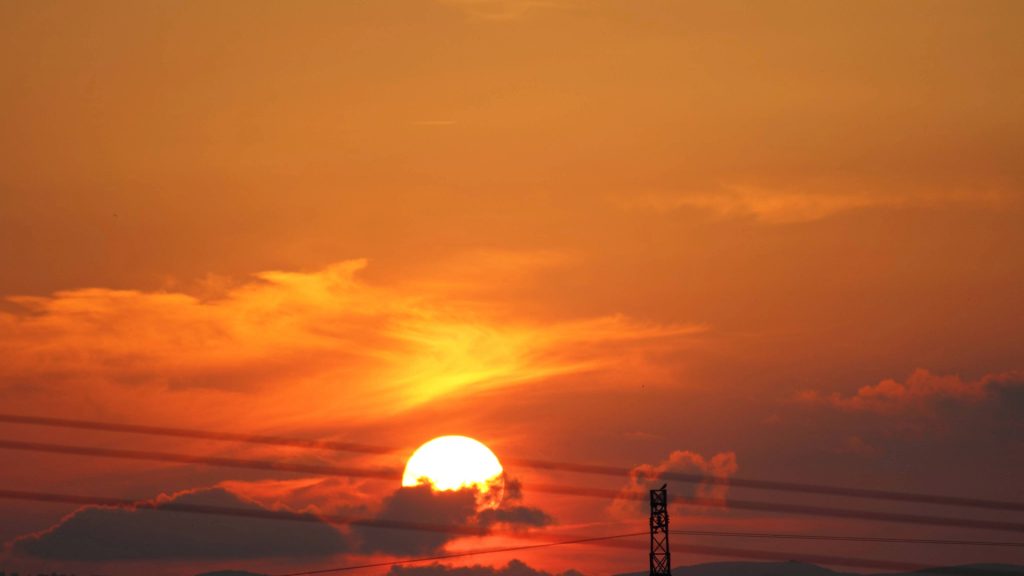Mexico City, one of the largest metropolises in the world, faces a dire water shortage crisis. With reservoir levels frighteningly low, the city continues heavy water use amidst severe drought.
Crisis Looms as Reservoirs Hit Historic Lows
Mexico City resident Alejandro Gomez faces acute water shortages, with taps providing just a trickle for hours that barely fill a couple of buckets. Gomez describes the growing crisis amidst hot weather making life very difficult, lamenting “We need water, it’s essential for everything.”

The city depends on overextended aquifers and distant reservoirs for its water supply. But three years of La Nina drought followed by a pathetically short rainy season last year has ravaged the system. Key reservoirs are languishing at a dangerously low level of just 39% of total capacity. This critical situation has forced authorities to announce significant rationing measures for the over 20 million residents who depend on what little water remains.
Millions Face Expanding Water Rationing
Authorities recently tightened water rationing from the key Cutzamala system by a devastating 25%, which supplies a quarter of all water consumed in Mexico City.

The national water agency Conagua warns without intensified rationing, Mexico City could completely drain reservoirs long before rains return. However, families like Gomez’s can’t even store adequately rationed water without large and prohibitively expensive holding tanks. Gomez and millions of struggling residents are left with no ability to adjust to dramatically slashed water allotments.
Climate Change Devastates Historic Drought
Around 90% of Mexico City currently endures severe drought, as years of below-average rainfall combine with unusually high temperatures to create a historically parched environment. La Nina brought three consecutive years of drought between 2018 and 2020. And despite the arrival of El Nino rains last year, the quite short wet season provided only minor relief. Reservoirs subsequently remain critically depleted without desperately needed replenishment.

Experts unanimously agree climate change exacerbates the extreme weather cycles besieging the region. Recent blistering heat waves that claimed over 200 lives would have been “virtually impossible” without the impact of global warming according to a thorough analysis by climate scientists. The influences of climate change both intensify the drought and sap reservoirs through increased evaporation and demand brought by recurrent devastating heat.
‘Day Zero’ Debated as Crisis Deepens
Some officials recently warned without rain, reservoirs could hit ‘day zero’ as soon as June. However, leaders assure residents it’s “fake news” even as the crisis escalates.

However, experts explain Mexico City could drain reservoirs completely before rains arrive if current heavy usage doesn’t drop immediately. “We will probably face a day zero,” warns Professor Fabiola Sosa-Rodriguez.
Whole Neighborhoods Already Hit ‘Day Zero‘
Professor Sosa-Rodriguez explains clearly inequality plagues water access, as lower-income areas already endure their own “day zero” shortages for years.

Resident Amanda Martínez pays over $100 for water trucks to visit her Tlalpan district every few weeks. But sometimes they can’t access water for over 14 days amidst worsening scarcity.
Aquifer Overuse and Leaky Pipes Drain City
60% of Mexico City’s water comes from overused, shrinking aquifers. What rain falls proves wasted, running off the vast concrete expanses rather than replenishing groundwater.

40% of water also disappears from dated, leaky pipes transporting water vast distances uphill to the city. Yet the growing population strains the decrepit system beyond capacity.
Nature Falls Victim to Unquenchable Urban Sprawl
Centuries ago, Tenochtitlan built canals and bridges amongst lakes and forests. But today concrete and asphalt replaced vital wetlands and rivers.

Rains flood the hardened surfaces rather than sink them into the soil. Combined with depleted aquifers and evaporating reservoirs, Mexico City falls hostage to geography and urbanization.
Crisis Sparks Fierce Debate Over Solutions
Many leaders downplay the emergency, but experts advocate immediate wastewater treatment expansion and urgent infrastructure updates to capture rains and leakage.

Long-term, ecological solutions like wetland restoration could help water supply and storage. But time runs short for even short-term fixes before reservoirs potentially run dry.
Water Inequality Grows As Crisis Deepens
Wealthy neighborhoods enjoy consistent water access for pools and gardens amidst drought. But families like the Gomez’s sometimes go over 3 weeks without water.

With reservoirs declining rapidly, tensions rise over the stark inequality in water access. And no preparations exist to provide equitable water access if crisis peaks arrive.
Government Plans Can’t Outrace Deepening Crisis
The government touts a 3-year infrastructure project for new wells and plants. But many developments remain years from completion as reservoirs drain today.

Professor Sosa-Rodriguez laments authorities reject operating sustainable rain capture and reuse systems immediately. The delay leaves nature-based solutions a last resort to avert catastrophe.
Heat Waves Herald Harsher Droughts Ahead
Blistering heat waves now kill hundreds yearly and will ravage Mexico City through April, driving higher evaporation and demand.

Experts unanimously agree climate change will extend droughts in the region. Efforts today to conserve and reuse water remain crucial to withstand intensifying heat and parched years ahead.
Wet Season the Final Hope for Drained Reservoirs
The long-term drying trend makes the coming wet season the last chance for reservoirs to recover before next year’s dry season potentially triggers mass shortages.

But the wet season remains months away. Experts plead for rapid action to decrease water use immediately to stretch the current reservoir capacity until rains come.
City Urged to Adapt for a Thirstier Future
Professor Sosa-Rodriguez asserts Mexico City must revolutionize its relationship with water to withstand increasing droughts. Steps like capturing rain could reduce network demand by 30%.

She emphasizes residents can make an enormous collective difference by saving water today. But lasting adaptation requires envisioning Mexico City as responsive to both flooded and parched futures in the era of climate change.
Residents Watch Crisis Summit With Dread
Amanda Martínez speaks for many vulnerable residents dreading the tightening vice of water inequality and evaporating reserves ahead of the coming hot, dry months.

“I don’t think anyone is prepared.” For her, families already living hand to mouth, the threat of reservoirs crashing dry flags a humanitarian disaster in the making.





GIPHY App Key not set. Please check settings